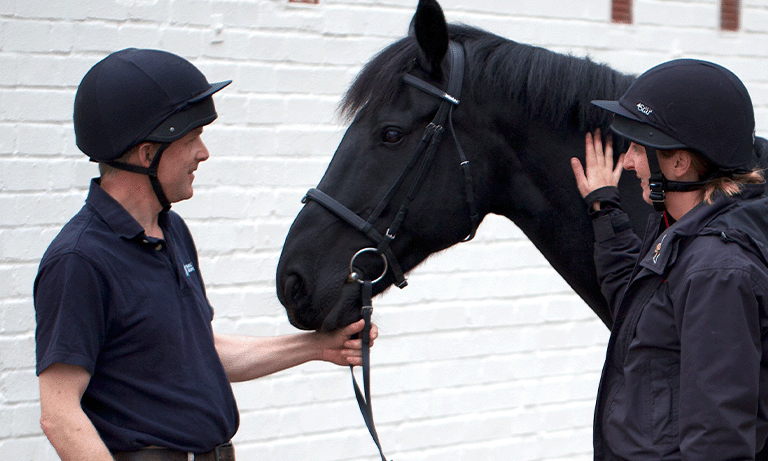Brucella canis: what vets need to know
14 Feb 2024
05 Aug 2022 | Malcolm Morley
As BVA launches a new resource designed to help veterinary workplaces embrace flexible working, BVA Junior Vice President Malcolm Morley explains why this is so important for the profession.

Twenty years ago, flexible working would have been almost inconceivable in our practice. Either you were a full team member, or you couldn't fit in! However, now the majority of our vets work flexibly in some way—so what's changed and where's the veterinary profession heading?
Flexible working is the name given to any type of working pattern which is different from your existing one—if you change your working hours to meet your needs, you are a flexible worker. I have friends and colleagues who work out-of-hours, part-time, staggered hours, job-share, or are in phased retirement, and BVA’s new flexible working resource outlines other options too. Everyone and every workplace are different, but all of these types of flexibility can and have been embraced by different veterinary workplaces.
The statistics from BVA’s Voice of the Veterinary Profession Autumn 2021 survey show that levels of flexible working have risen in the profession in recent years, reaching 50% in 2021. Half of us are now flexible workers, but the survey also showed that many vets would like to work more flexibly. Among those who do not work flexibly, 53% would like to and even among those who already work flexibly 36% would like more flexibility. Flexibility is going to be the new normal.
To make it work, first we must acknowledge the potential challenges more flexibility may bring but recognise that these are rarely insurmountable.
The profession is facing serious staffing shortages, so I understand that the increased pressures on vet teams may make some employers anxious about introducing flexible working, especially when they are already struggling to cover shifts. Some practices are currently facing a situation where if they lose one member of staff, they will struggle to provide the necessary service. However, the solution does not lie with vet teams working increasingly longer hours.
Indeed, embracing flexible working may be the solution to keeping a member of staff, and to attracting new team members. It’s worth remembering that one extra part-time flexible worker brings a whole person to the team in terms of ideas and clinical expertise. In our practice we have one team member who works just a day a week, but their positive impact feels far greater. Promoting a better balance between home and work is key to supporting veterinary professionals who are currently unsure about remaining in the profession or are considering returning to work. Our flexible working resource shows a wide range of reasons why team members choose to work flexibly, including for their health, leisure activities, personal development, and caring responsibilities. If we want happy, healthy teams, we need to embrace this.
Flexible working rarely works well if considered for one team member in isolation. Colleagues need to be involved in supporting each other’s working patterns and nowhere is this more important than when we consider the more unsociable parts of clinical work, such as out-of-hours and weekend shifts. Our resource highlights some of the ways teams across different sectors have worked around common challenges, showing that working together is important in every aspect. Everybody needs to be happy with the working pattern and greater collaboration is also needed for excellent case continuity. I often find clients think they would prefer to see just one vet, but when they realise there are two vets caring for their animal who have exchanged notes and are working together, they feel they are getting great service. You must invest in a workplace culture where clinicians feel they can share cases freely without judgement of their own treatment, but I think that’s an added benefit.
We hope that BVA’s new resource will support vet teams to have productive conversations about flexible working, how it can be of benefit to employers and employees, and how any impact on the wider team can be managed. We hope it shows you and your colleagues how requests for flexible working can be considered positively wherever possible, from all team members, regardless of the reason for their request.
BVA members can download our Flexible working: Embracing flexibility in the veterinary profession resource online. We’ll also be sharing blog posts and quotes on our social media using #TimeForChange and #GoodWorkplaces – follow us @BritishVets to keep up to date.
Get tailored news in your inbox and online, plus access to our journals, resources and support services, join the BVA.
Join Us Today